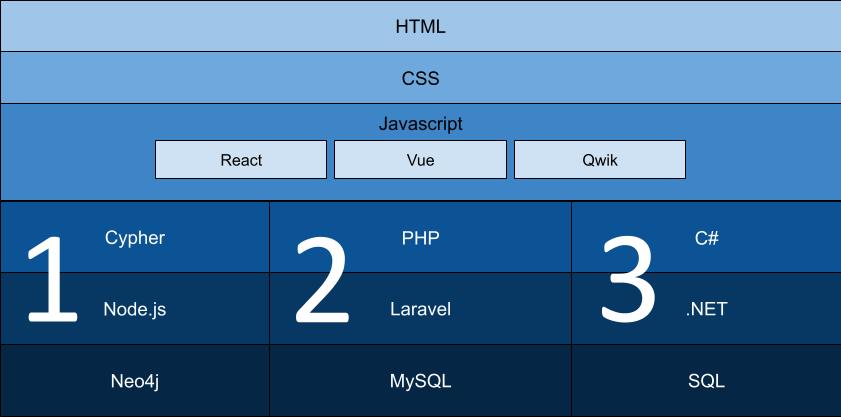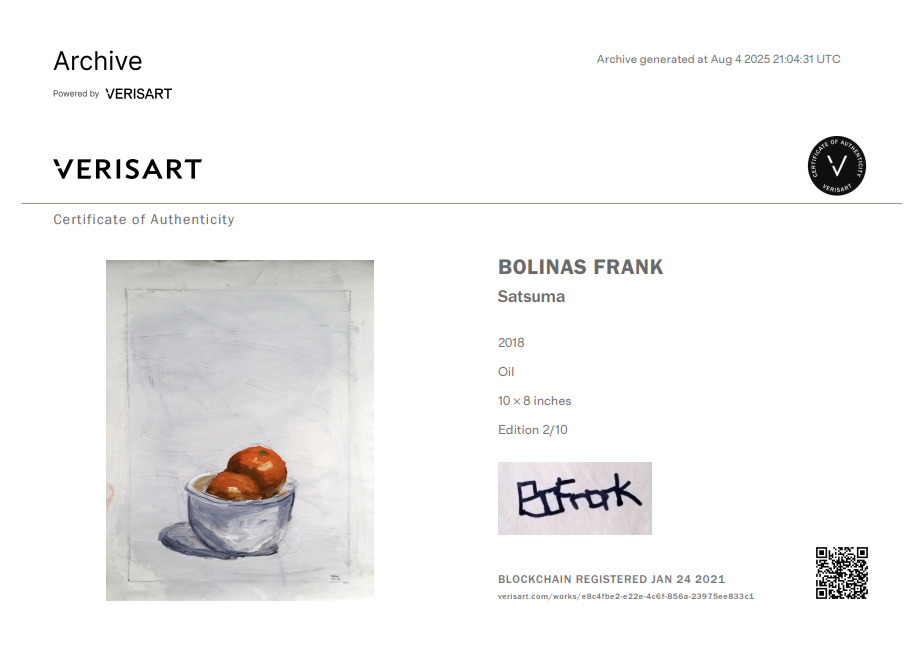My development work has proven my ability to lead end-to-end projects from concept through launch with a strong focus on creating user-centered, data-informed, and business-aligned experiences. I excel at crafting user flows, wireframes, and prototypes that help make complex problems easy to comprehend. I collaborate closely with stakeholders and developers to ensure the final product reflects both what the client asked for, my wisdom, and customer's needs.
Projects
AIOps
Abstract
StratusCore
This diagram shows the popular stacks with my front-end expertise and also the back-end varieties that I've worked with over the span of my career. The 3 typical back-end setups companies usually go for are highlighted below depending on the type of product they're trying to make:
1. AI/ML graph solutions
2. startup web-apps
3. corporate enterprise SaaS

StratusCore
There was no simple, centralized way for 3D artists to use high-end professional tools or connect with specialized talent globally. Collaboration and production was improved.
Role: Developer
Tools and Languages: PHP, .NET, HTML, CSS, JavaScript, Node.js, Vue.js, Figma
Challenge: Give 3D Artists Access to Tools and Connect Them to Film Studios
Artists around the world faced major barriers accessing 3D software, high costs, hardware limitations, and installation headaches. There was no simple, centralized way to use professional tools or connect with specialized talent globally. Collaboration and production suffered as a result.
High costs of 3D software licenses
Process: Collaboration I worked with database engineers, back-end developers, and designers to
- Build a browser-based platform where artists could use 3D software via subscription, with no installations required
- Developed a UI that allowed artists to create detailed profiles, making it easier for studios to find niche skills
- Refactored legacy code for better performance and maintainability
Outcome: Platform Beta
We launched a scalable, cloud-based platform that lets artists access professional 3D tools. The platform dramatically improved the user experience, simplified talent discovery, and removed technical barriers to collaboration. Tools like Git, npm, Jira, and Confluence helped us keep development agile and efficient.
140%
Platform Adoption Rate
Why it matters: Measures the success of accessibility and onboarding improvements.
Number of new artist signups per month:
- January: 500 new users
- February: 800 new users
- March: 1,200 new users
350%
Collab Engagement
Why it matters: Indicates how well the platform facilitates talent discovery and collaboration.
Average number of studio-artist connections per month
Number of new artist signups per month:
- January: 150 connections
- February: 320 connections
- March: 675 connections
99.7%
Tool Usage Uptime
Why it matters: Tracks reliability and accessibility of browser-based tools
Availability percentage of 3D tools on the platform:
Number of new artist signups per month:
- Monthly average uptime: 99.7%
- Downtime incidents (March): 2 (under 30 min each)
For a startup called StratusCore, I (front-end dev role) worked with database engineers, back-end developers, and designers to create a platform that artists can access anywhere in the world to use 3D software as a subscription without having to install the software locally. The following is a 4 step process in this particular effort:
1. Requirements Gathering & Technical Planning
Participated in sprint planning sessions to understand user stories and acceptance criteria for artist onboarding, profile management, and project collaboration.
Collaborated with the design team in Figma to translate wireframes and interaction flows into functional, component-based views.
Coordinated with the back-end team (.NET) to define how APIs would expose artist data, 3D tool metadata, and subscription information.
Key Outcome:
Defined a clear API contract and data schema that balanced performance, scalability, and ease of use in the front-end.
2. Schema Definition and API Integration
Worked closely with the back-end developers to design the data schema:
Defined object models for Artist, Studio, Tool, Subscription, and Project entities.
Ensured the schema supported filtering, search indexing, and pagination for artist discovery.
Helped shape RESTful endpoints that followed consistent naming conventions (/api/artists, /api/tools, /api/projects/:id).
Example Schema:
"artist": {
"id": 1021,
"name": "Jane Smith",
"skills": ["ZBrush", "Maya", "Blender"],
"portfolio": [{ "title": "Creature Design", "url": "..." }],
"availability": "Freelance",
"rating": 4.8
}
}
Front-End Consumption:
Implemented in Vue.js for API communication.
Integrated real-time data updates for artist availability and job postings.
3. UI Development & UX Optimization
Built reusable Vue.js components for:
Profile creation and editing forms.
3D tool dashboard access and subscription management.
Search and filtering interfaces for studios to find artists.
Used responsive design principles (CSS Grid/Flexbox) to ensure usability across devices.
Applied lazy loading and code splitting to reduce bundle size and improve performance.
Focused on UX flow optimization:
Simplified artist onboarding to a three-step process.
Integrated contextual tooltips and guided setup for new users.
Used Figma prototypes for iterative usability testing with internal QA.
4. Refactoring Legacy Code
Reviewed and refactored existing PHP components to improve data flow consistency with new APIs.
Migrated several legacy modules to Vue.js single-file components for maintainability.
Implemented linting (ESLint) and standardized naming conventions to ensure code readability and reduce technical debt.
Verisart
Art forgery and unclear provenance have long plagued the art world, making it difficult for collectors, galleries, and artists to verify the authenticity of a piece. As more art is created and shared digitally, the risks of duplication, theft, and fraud increase. Verisart set out to solve this by using blockchain technology to create tamper-proof digital certificates of authenticity.
Role: UI/UX consultant
Tools and Languages: Git, HTML, CSS, JavaScript, React, Node.js, Redux, Go
Challenge: Preventing Art Fraud
I and a team, including a back end dev, database engineer, and the CEO, set out to create tamper-proof digital certificates of authenticity for art by using blockchain.
Process: Collaboration Working closely with backend developers, I integrated the React frontend with a Go backend, enabling secure, real-time communication between the UI and blockchain services.
Key features I built included the ability for artists to:
- Upload and register artworks on the platform
- Generate blockchain
-verified certificates with detailed metadata
- Manage and update their portfolio through a user dashboard
Outcome: Platform Beta
Artists now have a powerful tool to protect their work and prove its authenticity. By anchoring certificates on the blockchain, the platform ensures that each record is permanent, transparent, and verifiable.
5 minutes
Art Registration Time
Why it matters: This reflects the efficiency and intuitiveness of the UI/UX developed.
- Average Completion Time: 6 minutes 45 seconds
- Median Completion Time: 5 minutes 30 seconds
- Benchmark Target: Under 7 minutes
62%
User Retention Rate
Why it matters: Indicates how intuitive and valuable the platform is for users after initial interaction.
- New Users in July: 1,000
- Returned within 30 Days: 620
- Retention Rate: 62%
25,000
Certificates Generated
Why it's appropriate: This is a core deliverable of the platform and reflects user adoption at scale.
- Total Certificates in July: 3,200
- Cumulative Total to Date: 18,500
- Goal for Next Quarter: 25,000 certificates
You can view decades of my experience on LinkedIn








